Home > Essentia Luxury Hotel, Indore > Blogs > Historical Places in Indore
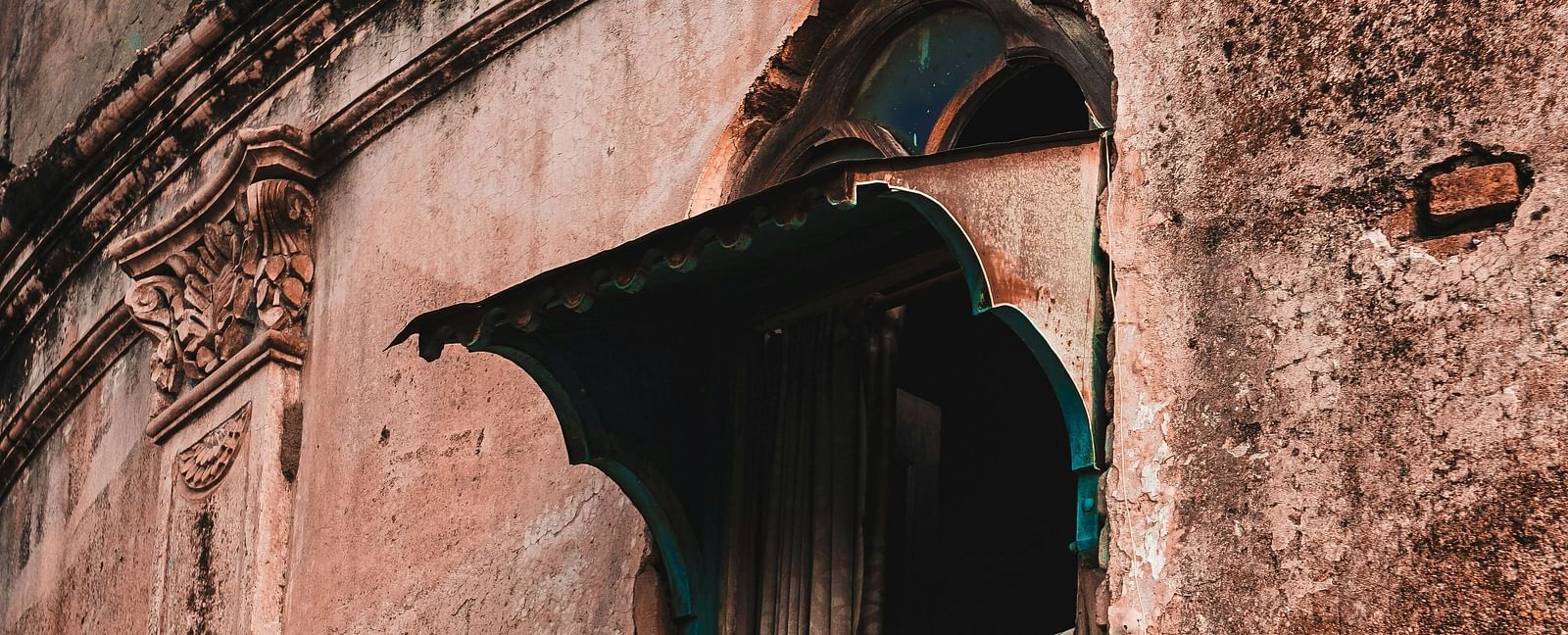
Historical Places in Indore: A Journey Through Time
Indore, the largest city in Madhya Pradesh, is a blend of history, culture, and architectural grandeur. This city, known for its royal legacy, has witnessed the reign of the Holkar dynasty, colonial influences, and remarkable architectural evolution. From majestic palaces to ancient temples and museums, Indore offers history enthusiasts a glimpse into its glorious past. Here are some of the most significant historical places in Indore that tell the story of its rich heritage.
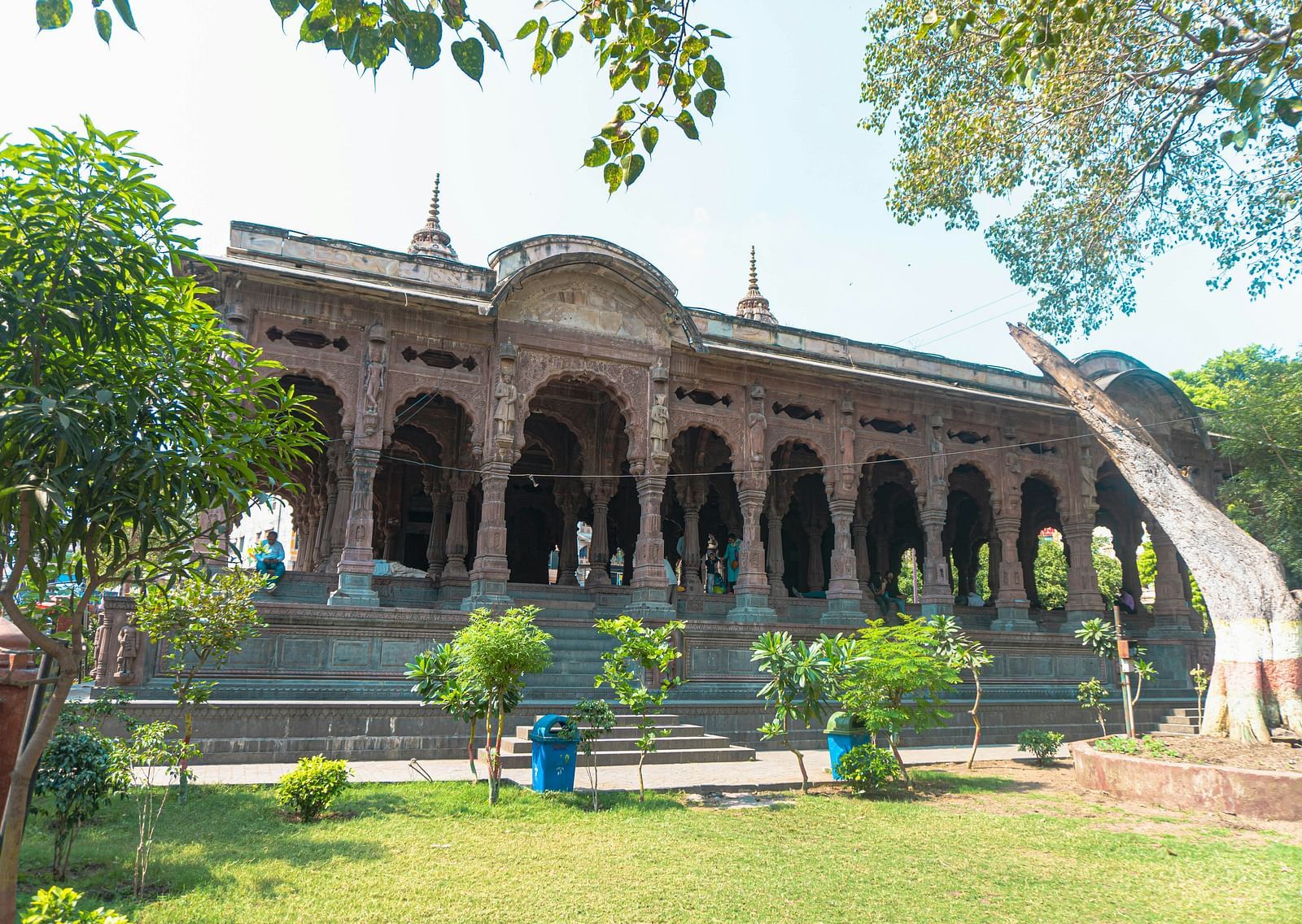
Rajwada Palace: The Grand Legacy of the Holkars
One of Indore’s most iconic historical landmarks, Rajwada Palace, is a stunning seven-story structure that reflects Maratha, Mughal, and French architectural influences. Built by the Holkar dynasty in the 18th century, the palace was their royal residence and administrative centre. The grand wooden entrance, intricately carved balconies, and central courtyard offer a glimpse into the era's opulence. Today, Rajwada is a museum showcasing artefacts, paintings, and exhibits that narrate Indore’s royal history. The palace is beautifully illuminated in the evenings, making it a must-visit destination for history lovers.
Lal Baag Palace: A Symbol of Colonial Elegance
Built by Maharaja Shivaji Rao Holkar in the late 19th century, Lal Baag Palace is a magnificent example of European neoclassical architecture in Indore. The interiors boast Italian marble flooring, grand chandeliers, and exquisite Persian carpets, reflecting the Holkar rulers' refined taste. The sculptures, paintings, and antique furniture inside Lal Baag Palace make it an architectural and historical treasure.
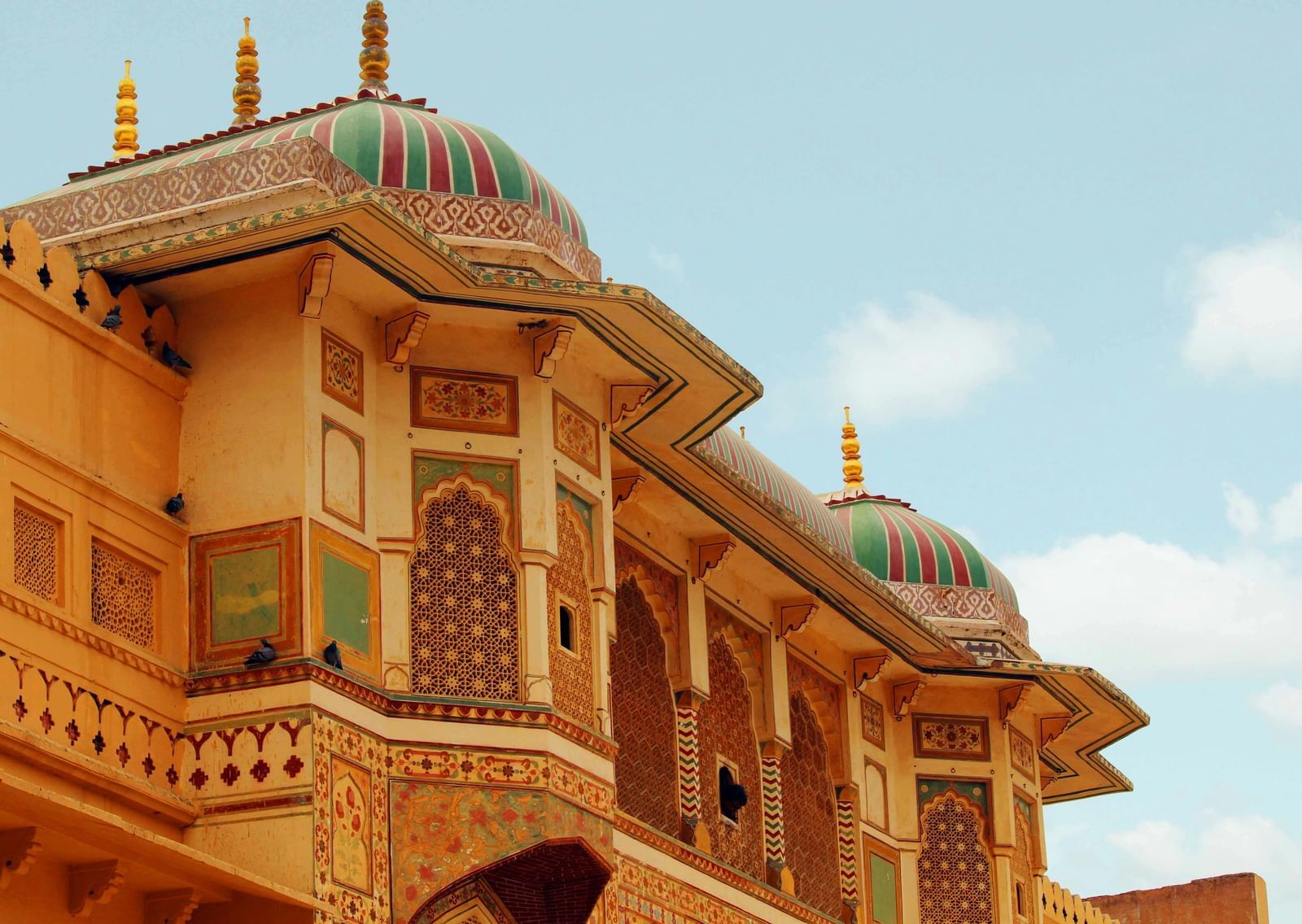

Kanch Mandir: A Temple of Glass and Artistry
One of the most unique historical landmarks in Indore, Kanch Mandir, or the Glass Temple, is a Jain temple built by Seth Hukumchand Jain in the early 20th century. Every inch of the temple’s interior, including its walls, ceilings, and floors, is covered in intricately crafted glass and mosaics. The temple houses idols of Jain Tirthankaras, beautifully adorned with multicoloured glasswork, reflecting the rich artistic heritage of Indore. The shimmering ambience inside the temple creates a mesmerising spiritual experience for visitors.
Indore Museum: A Treasure Trove of the Past
The Indore Museum (Central Museum) is a must-visit destination for those interested in archaeology and ancient history. The museum displays an extensive collection of sculptures, coins, and armour, providing insights into Indore’s cultural and historical evolution. The collection includes artefacts from the Gupta and Parmar dynasties and relics from the Malwa region. The museum is an educational hub, showcasing Indore’s importance as a historical trade and cultural centre.

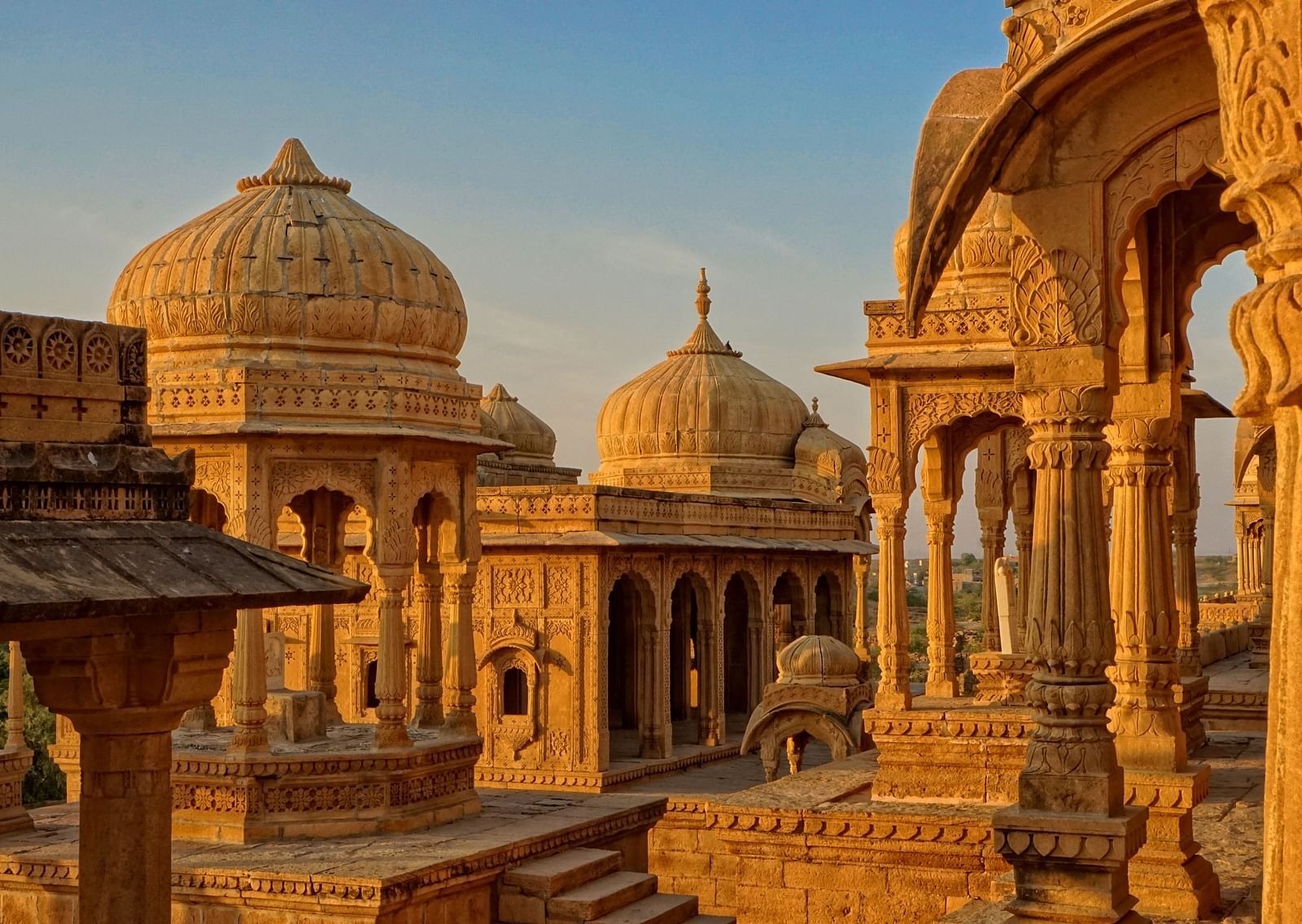
Chhatri Baag: The Royal Tomb Complex
A significant part of Indore’s history, Chhatri Baag is a complex of cenotaphs (chhatris) built in memory of the Holkar rulers. These structures showcase the Maratha architectural style, with intricate carvings and beautifully designed domes. The complex is particularly stunning in the evening when illuminated, offering a serene yet majestic atmosphere. Chhatri Baag is a testament to the Holkar dynasty's legacy and is a must-visit for history and architecture lovers.
A Glimpse into Indore’s History
Indore’s historical significance extends beyond its monuments and palaces. The city's development is because of several key influences that have shaped its growth, culture, and architectural heritage.
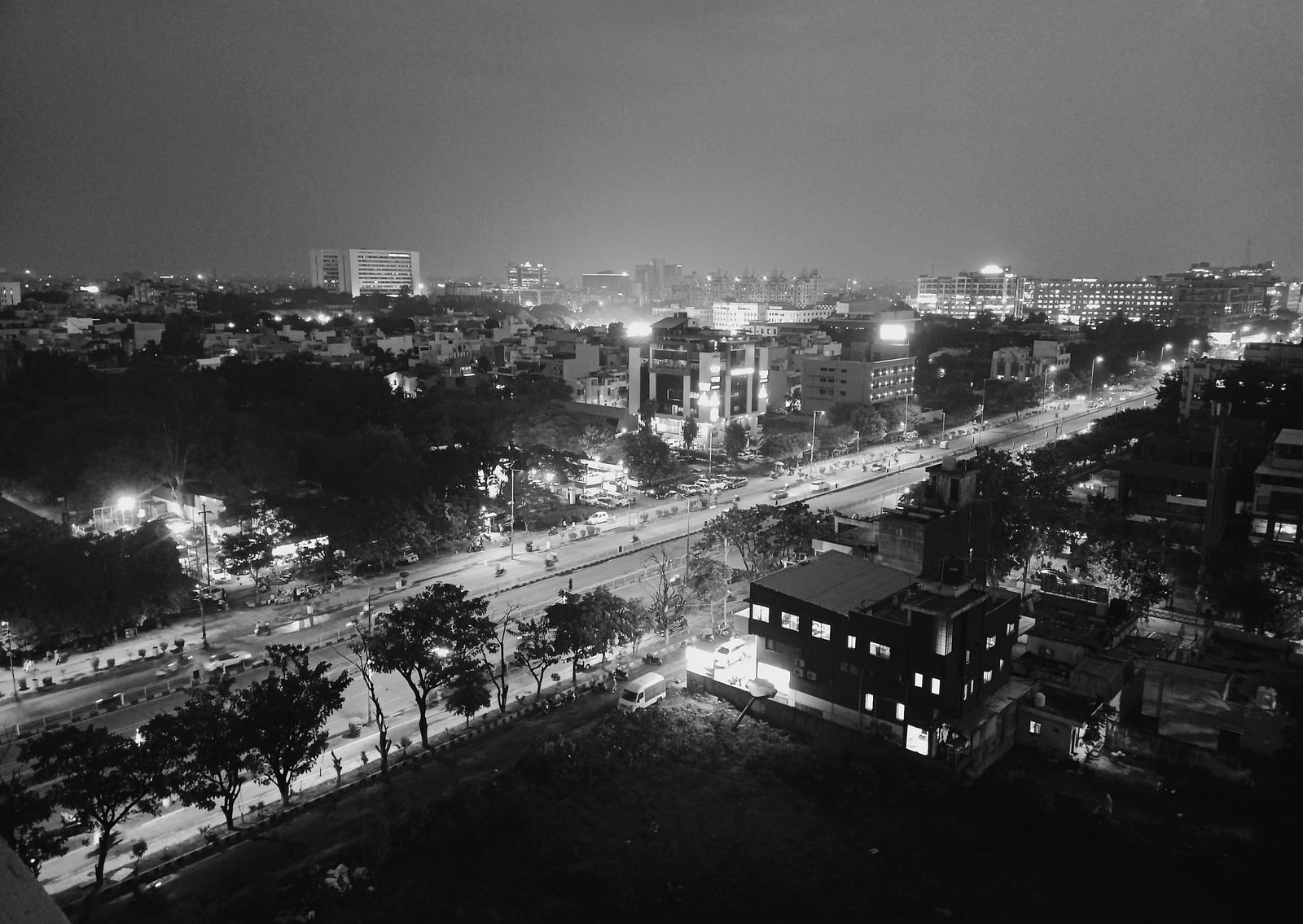

The Holkar Dynasty: Architects of Indore’s Development
The Holkars were instrumental in transforming Indore from a small town into a flourishing city. Under their rule, Indore became a centre for trade, military administration, and culture. The Holkars built several palaces, temples, and public buildings, laying the foundation for the city's modern infrastructure. Indore’s historical evolution is deeply tied to their governance, and their influence can still be seen in the city's architecture and traditions.
British Influence on Indore: A Colonial Connection
During the British Raj, Indore was an important administrative and trade hub in central India. The British introduced modern governance systems, railways, and educational institutions, shaping the city’s economic and social landscape. Several colonial-era buildings and administrative offices are reminders of Indore’s role in British India. The mix of European-style architecture with traditional Maratha influences makes Indore’s historical sites unique and diverse.
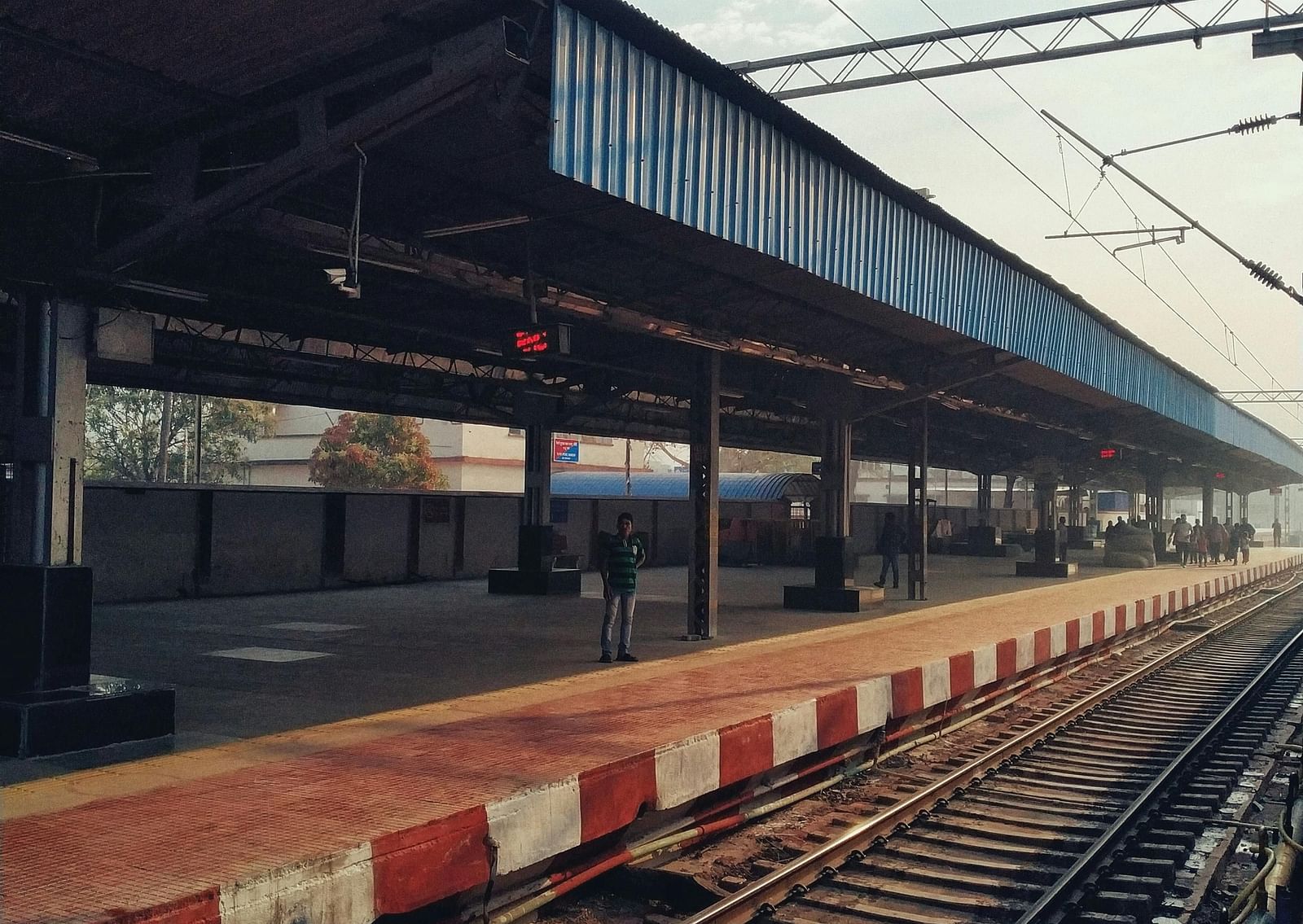

Architectural Heritage: A Fusion of Styles
Indore’s historical architecture reflects a fusion of Maratha, Rajput, Mughal, and British influences. Landmarks like Rajwada Palace showcase Maratha grandeur, while Lal Baag Palace is an example of European opulence. Kanch Mandir represents intricate Jain artistry, and Chhatri Baag reflects the Rajput architectural tradition. This blend of styles makes Indore a fascinating destination for history and architecture enthusiasts.
Indore’s Evolution from a Trade Center to a Modern City
Historically, Indore was an important trade and commerce hub, located on key trade routes between Delhi, Gujarat, and the Deccan region. The city flourished under the Marathas, attracting merchants, artisans, and traders. Over time, Indore transitioned from a royal capital to a modern industrial and educational hub, with institutions like IIM Indore and IIT Indore shaping its current landscape.

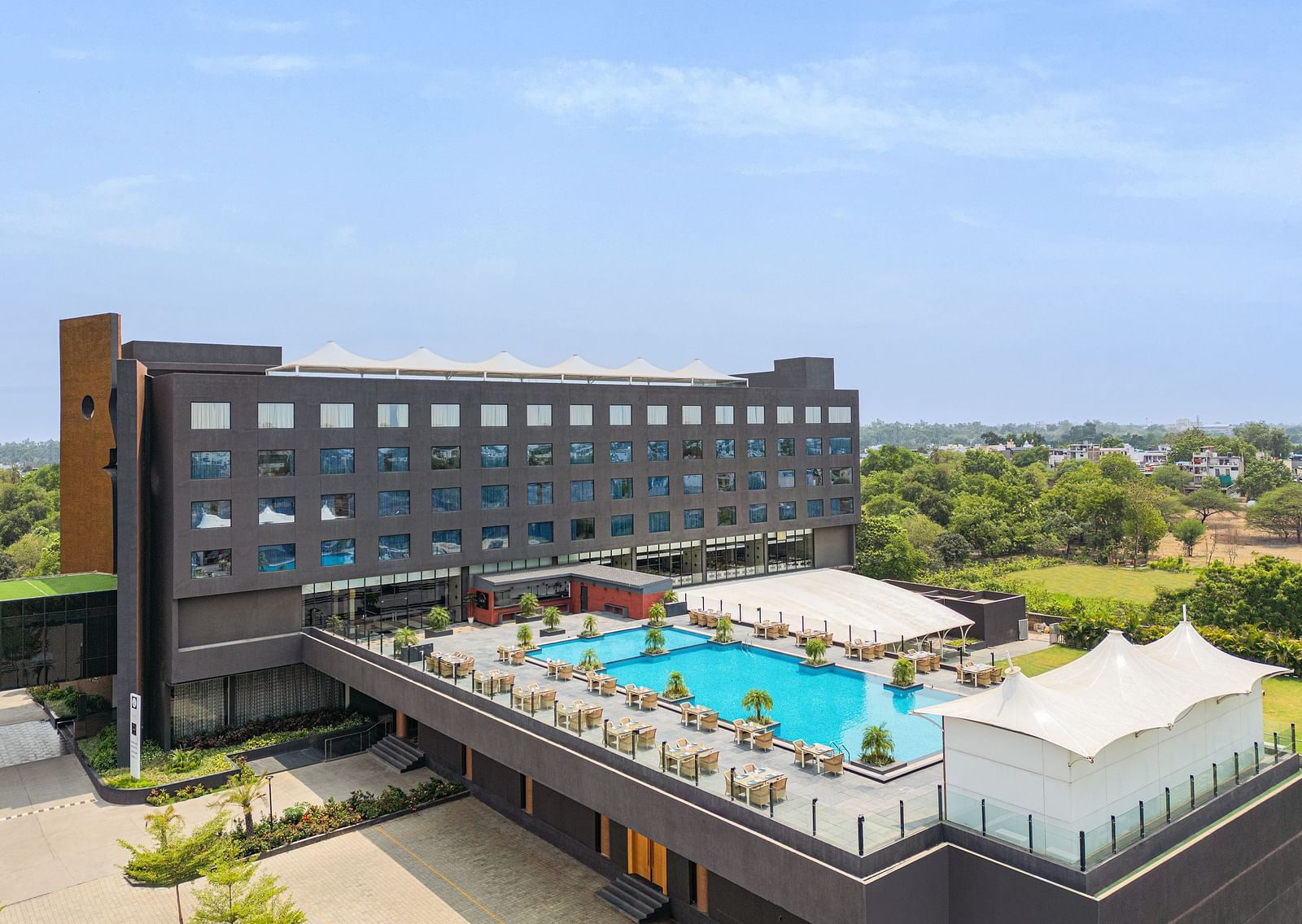
Stay at Essentia Luxury Hotel, Indore
For travellers exploring Indore’s historical landmarks, a stay at Essentia Luxury Hotel, Indore, offers comfort, luxury, and convenience. With spacious rooms, fine dining options, and modern amenities, it is the perfect retreat after sightseeing. Located in a prime area, the hotel provides easy access to Indore’s key attractions, making it an ideal choice for history enthusiasts and leisure travellers.
Indore’s historical charm lies in its palaces, temples, and colonial-era structures, each narrating a unique story of the city's past. Whether you're drawn to royal heritage, religious sites, or ancient artefacts, Indore offers a rich historical journey waiting to be explored.